Cyclohexene bromine yields a dibromocyclohexane Draw structures - including charges and electrons - and add curved arrows. The value of Δ H for the reaction is 75 k J m o l and the value of Δ S is 54 J K m o l.

Solved Draw Curved Arrows For The Following Reaction Step Chegg Com
There will be a total of three curved arrows one of which is drawn for you.

. SOLVEDIdentify the electrophile and the nucleophile in each of the following reaction steps. Submit Answer Retry Entire Group 9 more group attempts remaining Previous Next Save and Exit 30 étv MacBook Air 80 DII DD F3 F4 F5 F6 F7 F8 F9 F10 F11 F12 4 5 7 8. H H H H CH30.
Draw the curved arrows that accomplish each of the following transformations. The following reaction has three mechanistic steps. For the following reaction.
Given the following single-step reaction draw the curved-arrow mechanism. Combining Patterns Section 69 Difficulty Level. Draw all curved arrows necessary to complete the mechanism.
2 Draw both the organic and inorganic intermediate species. Draw each species organic and inorganic resulting from the previous step. Add a curved arrow to show how the final product is formed.
Given the following single-step reaction draw the curved-arrow mechanism. For the following reaction. Up to 256 cash back Add curved arrows to the reactant side of the following SN2 reaction.
What pattern of curved arrow pushing is the second step of this reaction. Include nonbonding electrons and charges where applicable. Include nonbonding electrons and charges where applicable.
Include nonbonding electrons and charges where applicable. Key Terms Make certain that you can define and use in context the key. Add a curved arrow to show how the final product is formed.
2 Draw both the organic and inorganic intermediate species. Given the following single-step reaction draw the curved-arrow mechanism. Draw curved arrows for the following reaction step.
CH3 H HC cáo. Loss of leaving group C. Draw in the curved arrows that account for this transformation.
What pattern of curved arrow pushing is the fourth step of this reaction. H Br H H. Melphalan a drug used in chemotherapy reacts with itself before binding with its target in the body as illustrated below.
285 Bought 3 Share With. H-0-H H3C--OH Hot Сн н CH3 Draw curved arrows to indicate the movement of electrons in the following reaction. Review Toplcs References Draw curved arrows to show electron reorganization for the reaction step below.
For the following reaction. HC-c-H CC CH3OH Br. There will be a total of three curved arrows one of which is drawn for you.
Draw the product of the following reaction by following the curved arrows. Hp-c-H CEC CH3OH Br. H CH X Hic B H8.
Arrow-pushing Instructions no XII сн. Add a curved arrow to show how the final product is formed. н Br H H Arrow-pushing Instructions nn XI H H H H CH30.
1 Add Curved arrows for the first step. HD CH Hic H B Hči. 2 Draw both the organic and inorganic intermediate species.
1 Add curved arrows for the first step. Add two curved arrows to the reactant side to illustrate the movement of electrons in the E2 reaction below. Then draw curved arrows to illustrate the bond-making and bond-breaking processes.
2 Draw both the organic and inorganic intermediate species. Up to 256 cash back Show the mechanism for the following reaction conducted at -5 degree C in CCI4. Nucleophilic attack loss of a leaving group proton transfer and.
What pattern of curved arrow pushing is the second step of this reaction. 2 Draw both the organic and inorganic intermediate species. 1092019 1 66 USING CURVED ARROWS IN POLAR REACTION MECHANISMS Objective After completing this section you should be able to use curved curly arrows in conjunction with a chemical equation to show the movement of electron pairs in a simple polar reaction such as electrophilic addition.
Loss of leaving group. - The tail of the arrow is positioned where the electrons are in the reactant. Also on the provided lines classify the arrow-pushing patterns in each transformation using the following labels.
1 Add curved arrows for the first step. - Each arrow represents the movement of two electrons from a nucleophile to an electrophile. What pattern of curved arrow pushing is the second step of this reaction.
Add curved arrows to the first step.

Solved Draw Curved Arrows For The Following Reaction Step Chegg Com

Solved Draw Curved Arrows For The Following Reaction Step Chegg Com
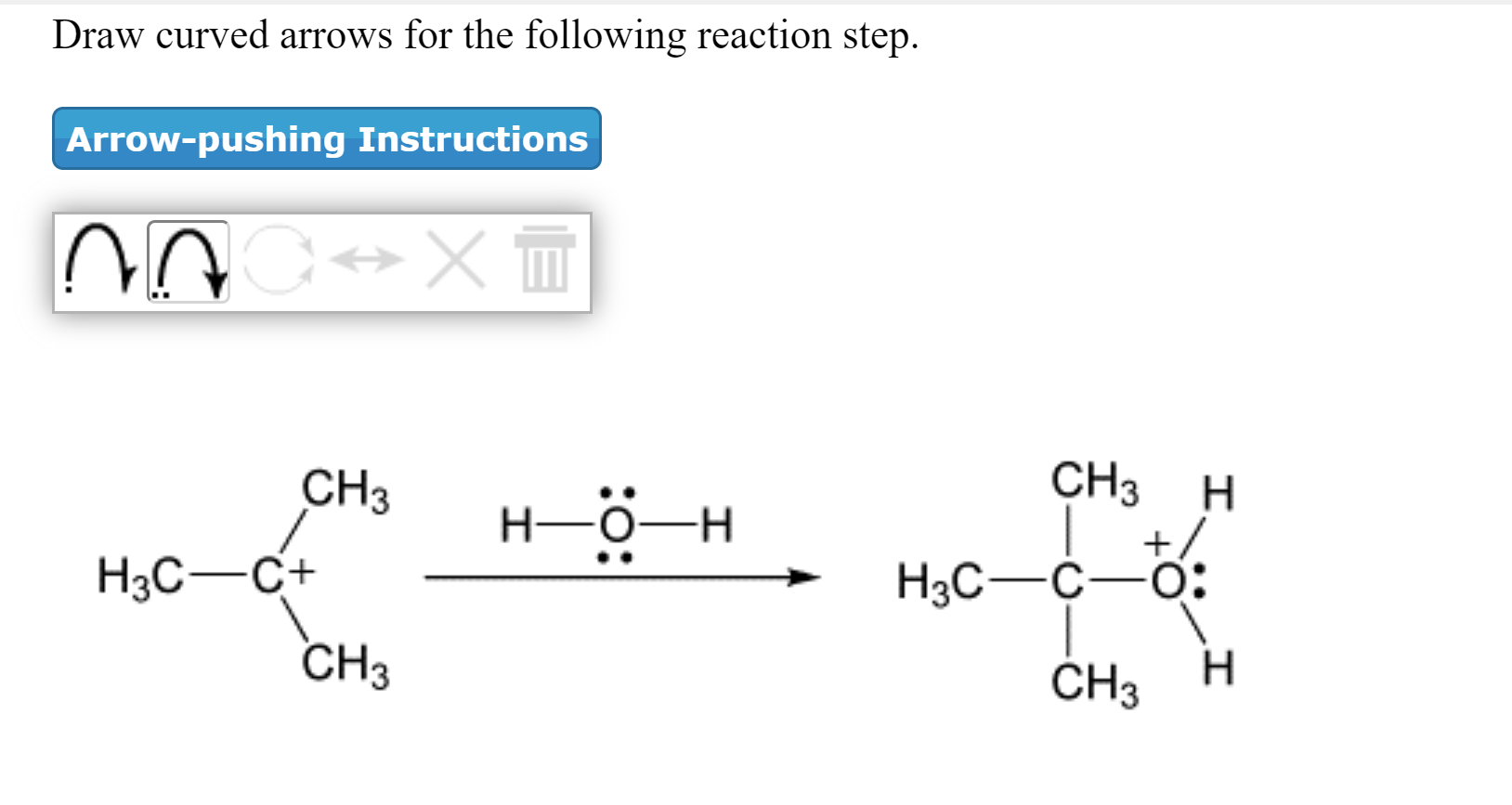
Solved Draw Curved Arrows For The Following Reaction Step Chegg Com
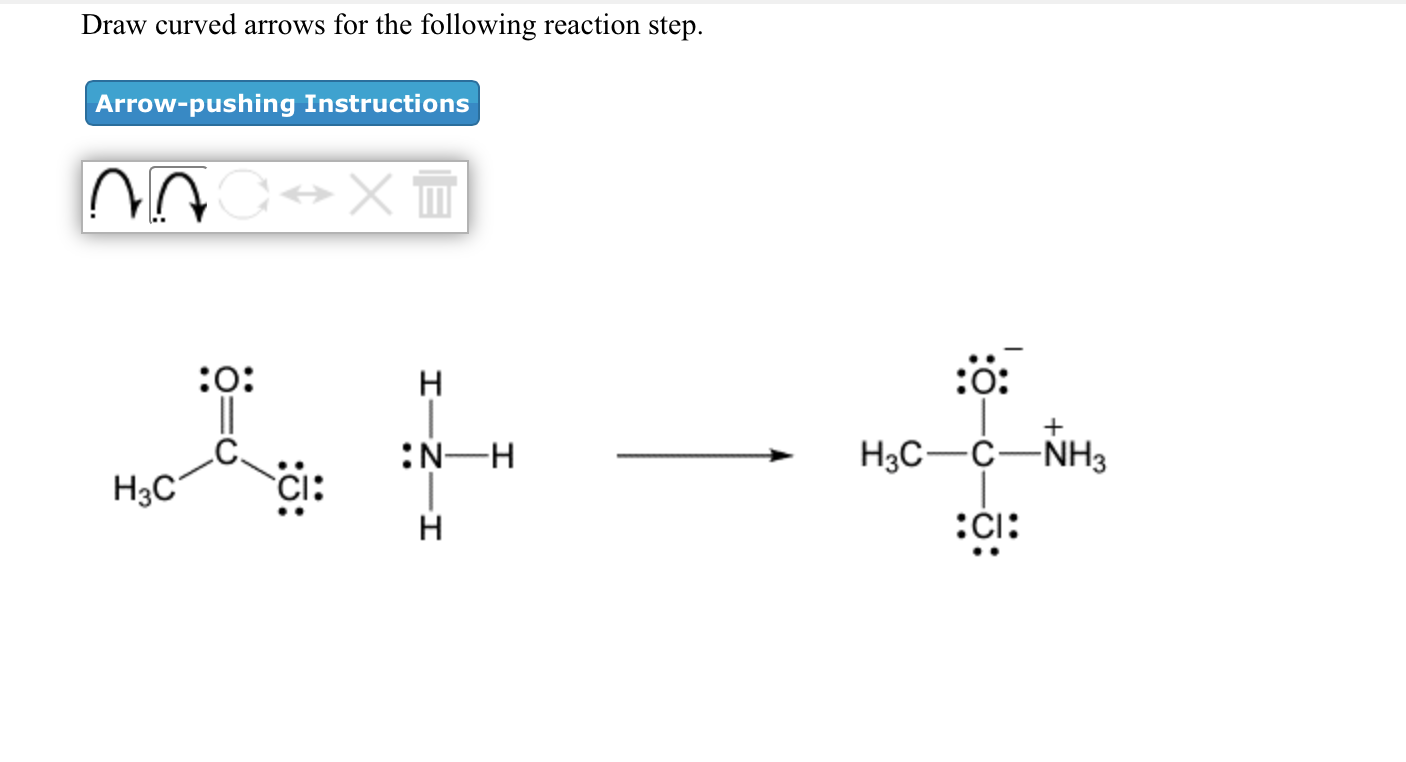
Solved Draw Curved Arrows For The Following Reaction Step Chegg Com
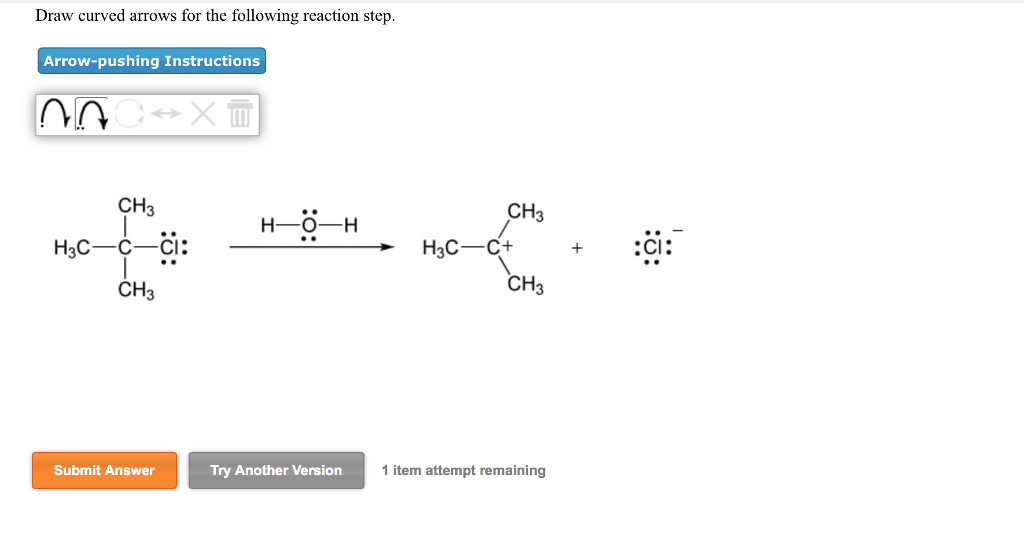
Solved Draw Curved Arrows For The Following Reaction Step Chegg Com

Solved Draw Curved Arrows For The Following Reaction Step Chegg Com
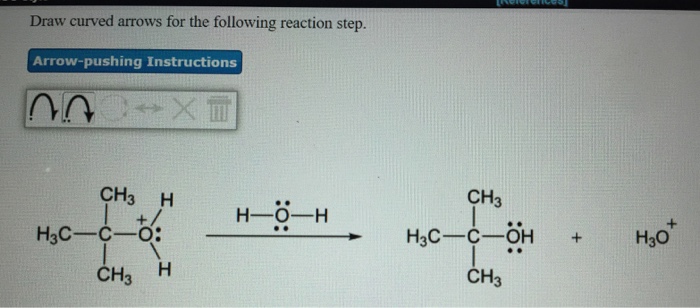
Solved Draw Curved Arrows For The Following Reaction Step Chegg Com
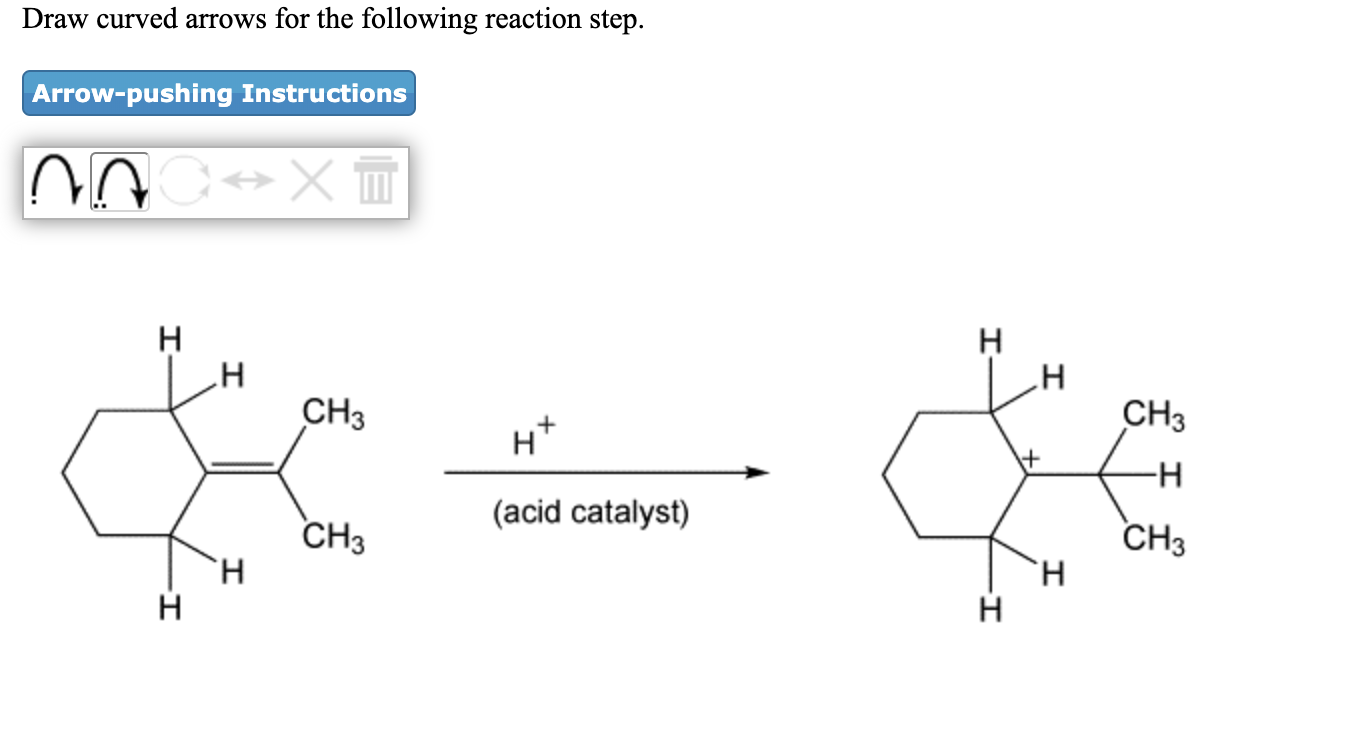
Solved Draw Curved Arrows For The Following Reaction Step Chegg Com
0 comments
Post a Comment